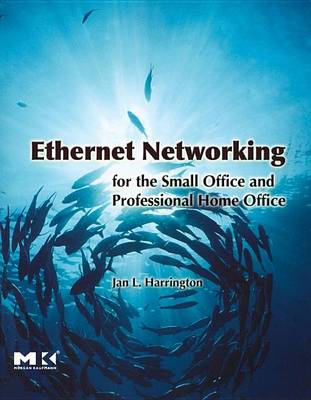In a local area network (LAN) or intranet, there are many pieces of hardare trying to gain access to the network transmission media at the same time (i.e., phone lines, coax, wireless, etc.). However, a network cable or wireless transmission frequency can physically only allow one node to use it at a given time. Therefore, there must be some way to regulate which node has control of the medium (a media access control, or MAC, protocol). Ethernet is a MAC protocol; it is one way to regulate physical access to network tranmission media.
Ethernet networking is used primarily by networks that are contained within a single physical location. If you need to design, install, and manage a network in such an envronment, i.e., home or small business office, then Ethernet Networking for the Small Office and Professional Home Office will give you an in-depth understanding of the technology involved in an Ethernet network.
One of the major goals of this book is to demystify the jargon of networks so that the reader gains a working familiarity with common networking terminology and acronyms.
In addition, this books explains not only how to choose and configure network hardware but also provides practical information about the types of network devices and software needed to make it all work. Tips and direction on how to manage an Ethernet network are also provided.
This book therefore goes beyond the hardware aspects of Ethernet to look at the entire network from bottom to top, along with enough technical detail to enable the reader to make intelligent choices about what types of transmission media are used and the way in which the various parts of the network are interconnected.
- ISBN10 0080553605
- ISBN13 9780080553603
- Publish Date 14 May 2014 (first published 4 June 2007)
- Publish Status Active
- Publish Country US
- Imprint Morgan Kaufmann Publishers
- Format eBook
- Pages 353
- Language English
